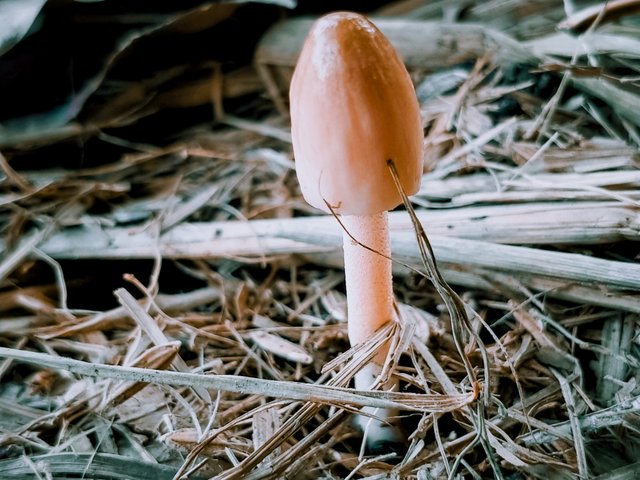
Hello world
Mushrooms always have a special attraction for nature lovers like us, recently I had the opportunity to find a unique species of mushroom, namely Coprinellus radians which grows abundantly in rotten haystacks, this discovery happened when I was exploring a rarely touched rural area where waste organic matter such as straw is often left to rot in the open, Coprinellus radians is a species of fungus belonging to the psathyrellaceae family which is known for its characteristic small, bell-shaped cap so that its surface often looks finely fibrous, colored The mushroom cap also varies greatly from brownish gray to silvery white, this color really depends on the maturity level of the mushroom, one of the unique features of this mushroom is its ability to undergo autolysis, which is a process in which the fungal tissue melts and decomposes itself after reaching a certain age.
I found this fungus growing in small colonies scattered among the remains of rotting straw, the rotting hay substrate apparently provides ideal conditions for this fungus to grow, a moist and nutrient-rich environment from decomposing organic matter seems to be its favorite habitat for Coprinellus radians.
As a fungi lover, I am very impressed with the ability of this fungus to recycle organic material and return it to the ecosystem cycle. Its presence in rotten haystacks reminds us that it has an important role as a decomposer. Coprinellus radians helps break down organic material into useful elements or materials. simpler which can then be utilized by other mechanisms including plants.
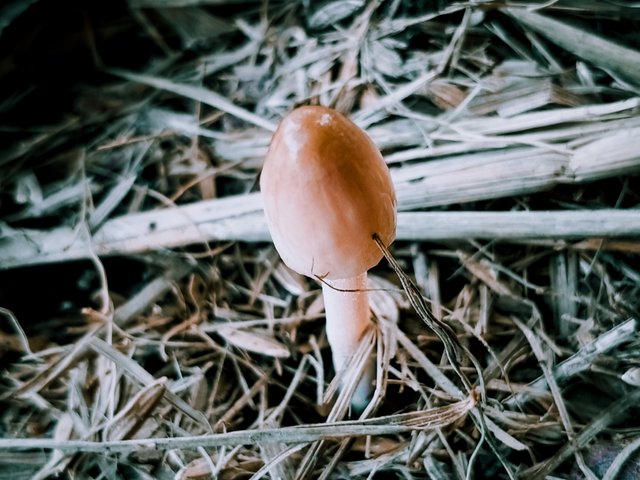
Coprinellus radians mushrooms grow singly through the cracks of rotting straw.
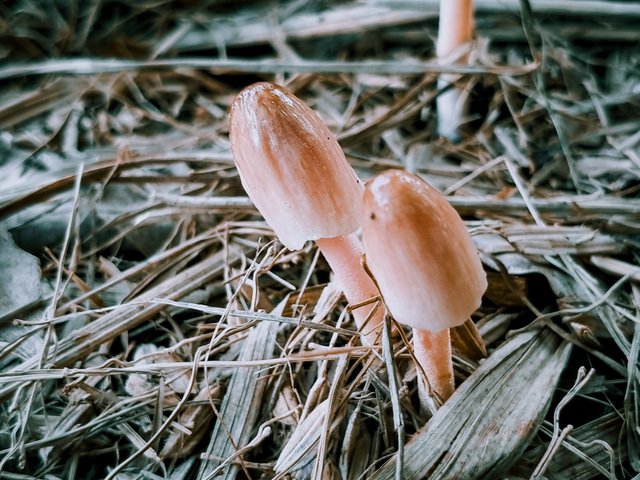
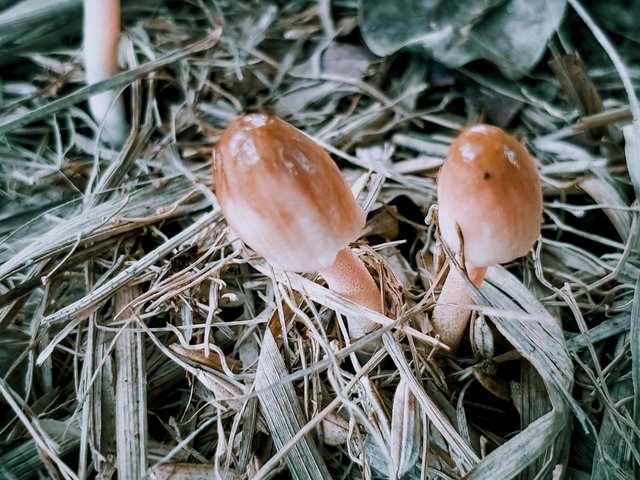
The Coprinellus radians fungus grows in small colonies, this fungus looks bright in color and has a smooth texture.
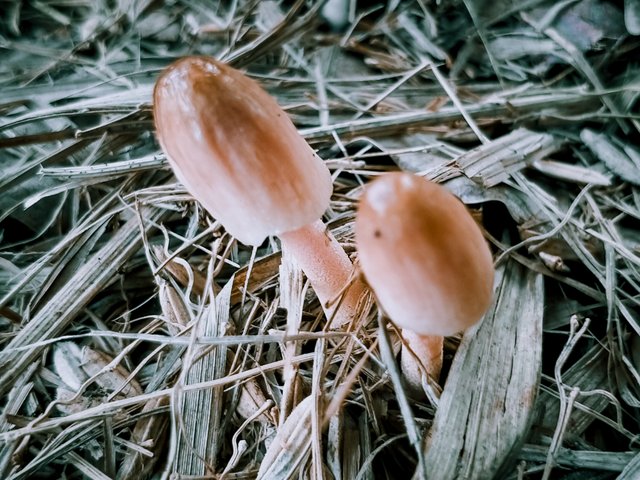
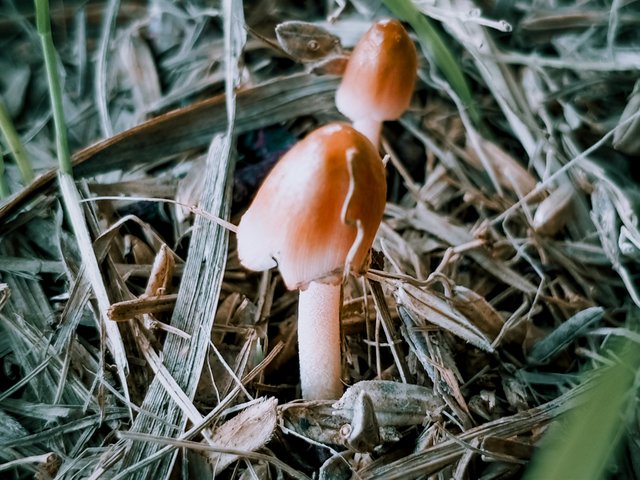
However, you need to remember that even though the Coprinellus radians mushroom looks very beautiful and is heartwarming when you see it growing in organic matter, the Coprinellus radians mushroom is not recommended for consumption, most species in the genus Coprinellus radians are not poisonous, but there is a possibility that this mushroom contains chemical compounds that can cause mild side effects, especially if the Coprinellus radians mushroom is consumed together with alcohol, so if you want to consume various types of mushrooms that you find growing in wild nature, especially the Coprinellus radians mushroom, it is mandatory for you to identify it or ask a nutritionist so that you do not experience health problems caused by the fungus.
Apart from providing ecological benefits, finding mushrooms such as Coprinellus radians can also provide an educational experience. This fungus is often the subject of research, especially in mycological studies because of its role in the decomposition process. For those interested in studying more deeply, field observations like this can be an entry point to understanding more. a lot about fungi and their relationship to the environment.
If you want to look for wild mushrooms such as Coprinellus radians there are several things you need to pay attention to, first you must wear appropriate clothing and footwear because the habitat of mushrooms is generally in a humid environment and sometimes full of organic mud which can cause your feet to itch or even severe irritation, secondly, bring a simple tool or camera such as a cellphone camera to be able to record all your findings, because each species of mushroom has its own characteristics and uniqueness, there are several interesting things about mushrooms that are very important to pay attention to, namely starting from the color , shape, size of mushrooms to patterns its growth.
and the most important thing is don't forget to respect the place where mushrooms grow, avoid destroying their habitat or picking mushrooms without a clear purpose, especially if you are not sure about the type and use, remember that mushrooms such as Coprinellus radians have an important role in keeping the ecosystem balanced through a proper decomposition process This is done, so that thanks to its very important role, every species of fungus, including Coprinellus radians, must protect its natural habitat.